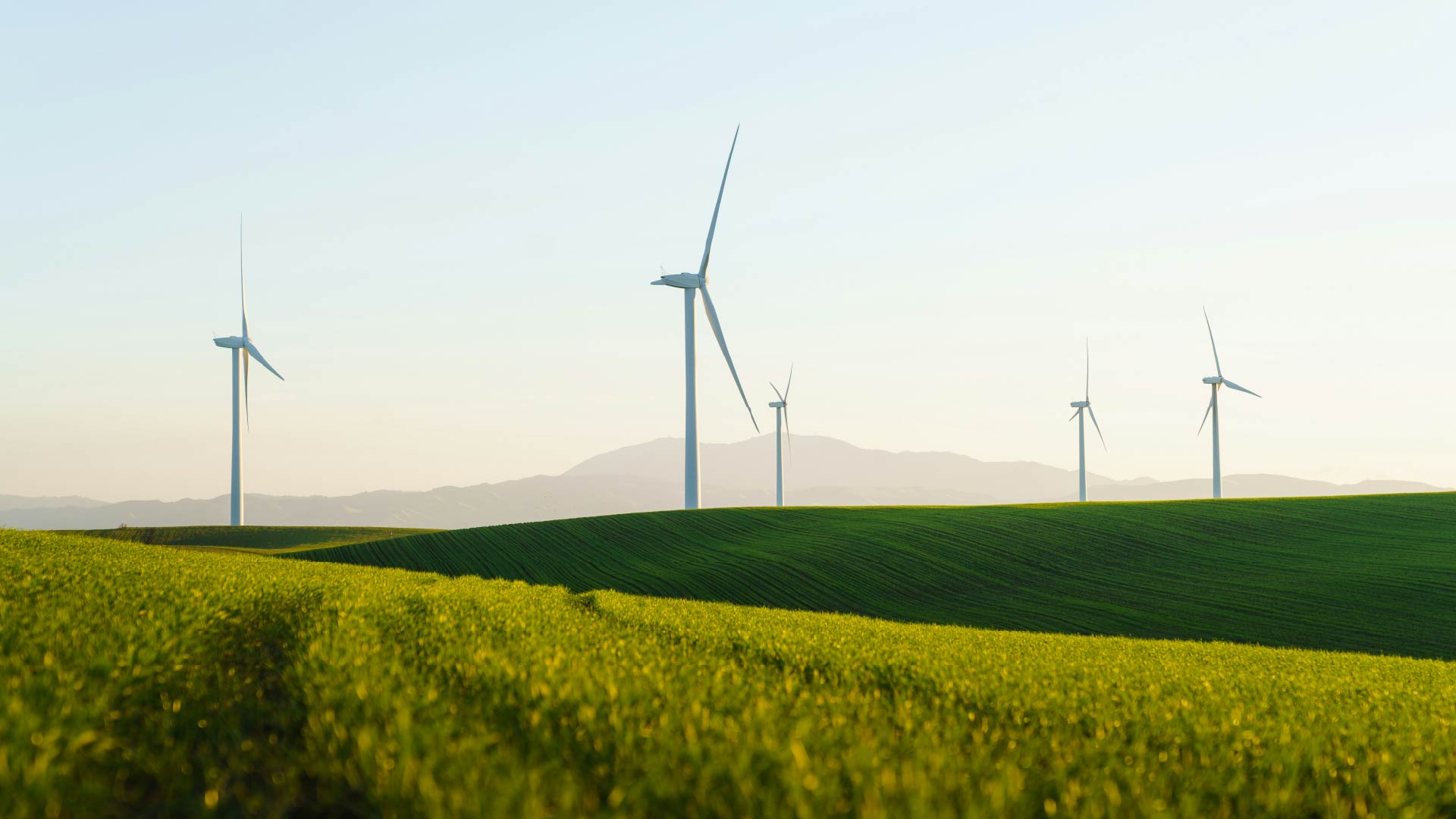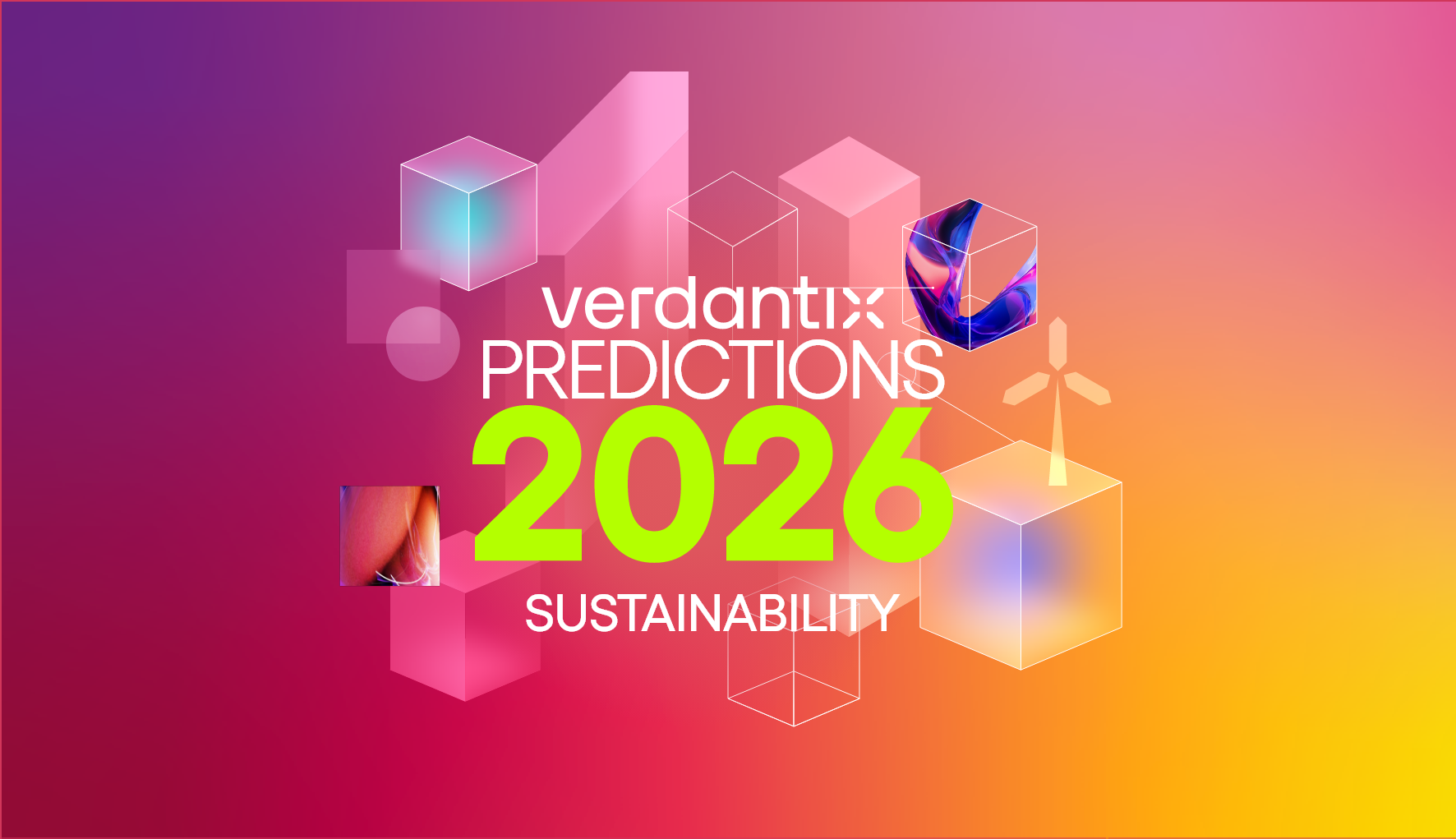Investors’ Thirst For High Fidelity ESG Data Will Shape Disclosures More Than Regulatory Moves

Yaowen Ma
Regulators and policymakers have started 2021 with a bang when it comes to ESG directives. On February 2, 2021, the US Securities and Exchange Commission (SEC) appointed their first senior advisor to advance policymaking on climate risk and environment, social, and governance (ESG) issues. President Biden signed an executive order which identifies 2035 as the target year for achieving a carbon pollution-free electricity sector in the US. In the EU, the regulation on sustainability-related disclosures in the financial services sector (SFDR) will begin mandatory enforcement from mid-2022 onwards. It has also been announced that the Swiss ESG reporting and due diligence requirement will come into effect from fiscal year 2023 onwards. The IFRS Foundation which has a loud voice in shaping financial reporting rules announced that in September 2021 it will release a plan for ESG reporting standardization. Every week brings more proposals from regulators.
While ESG regulations indicate the direction of travel it’s hard to see how financial market regulators and reporting rule-setters will be able to get beyond high-level concepts and data definitions. For instance, will the IFRS guidance determine how frequently BP needs to collect GHG emissions data from production sites, how the data is processed and disclosed? Will the EU Commission specify the supply chain data collection methods, data storage requirements and audit protocols for Spanish clothing giant Zara? Will the TCFD dictate the resolution of geo-spatial data and frequency of rainfall data that mining firms such as Antofagasta and Codelco need to gather to demonstrate their tailings dams are safe? Clearly not. They don’t have the expertise and the range of ESG operational scenarios is too vast. With ESG topics ranging from customer privacy to the chemical content of materials and physical risks for thousands of different physical assets, it is impossible for a single institution to define ‘sustainability performance’ KPIs.
But investors and lenders will increasingly demand high fidelity, investment-grade ESG / sustainability data. High fidelity data is required to build trust, to develop credibility and prove transparency. What qualifies as high fidelity ESG data will be determined in each industry. In some cases, firms will seek to develop a market leadership position and will fund high fidelity data solutions. This is the case with EQT Corporation working with Project Canary which offers an ESG certification solution for natural gas wells. To make it’s claims of 100% renewable energy use bullet proof, JPMorgan Chase not only struck a deal with Brookfield Renewable, it also invested in blockchain-based carbon accounting software from ClearTrace to provide transparency, traceability and auditability of its energy supplies. In other cases, an industry body like the Electric Power Research Institute (EPRI) will fund detailed research which links ESG disclosures and metrics to scientific research. The availability of much higher quality data – for instance from GHGSat’s combination of low orbit satellites and aircraft sensors – will raise the bar on what investment-grade ESG data looks like. The challenge for CFOs and CEOs at issuers? External parties increasingly have better information than they do on their own ESG risks and performance.
About The Author

Yaowen Ma
Principal Analyst





